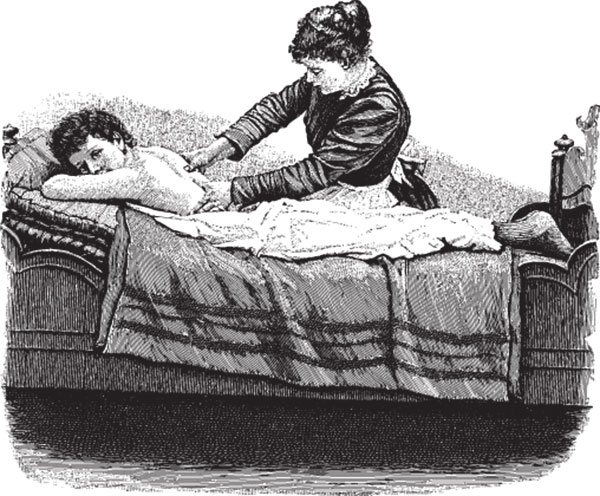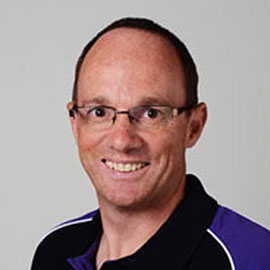Massage has been used as a therapeutic treatment in both the West and East for millennia, and has been credited with healing injuries, relieving pain, and preventing and curing illnesses.
But how did massage evolve and become the respected holistic practice that it is today?
MASSAGE HAS ITS ROOTS IN THE INDIAN AYURVEDA SYSTEM
Let’s go back 5000 years to the ancient civilisations of India. when massage was seen as a form of sacred ritual which originated from the Divine. Passed down orally from generation to generation, the holistic system of Ayurveda was developed over thousands of years by ancient seers, and it became very popular throughout India and Southeast Asia.
It’s based on the premise that humans become ill when they are no longer in harmony with their environment, and that this balance must be restored in order for them to get well again. By using the five senses, Ayurveda aims to restore the body’s natural balance by using holistic treatments which combine herbalism, diet and aromatherapy together with colour, sound and touch (massage) therapies.
ANCIENT EGYPTIAN TOMB PAINTINGS DEPICT PEOPLE RECEIVING A MASSAGE
At about the same time as the Ayurvedic Indians, the Ancient Egyptians started to practice forms of massage, as evidenced in wall paintings found in Ancient Egyptian tombs. The Egyptians are also believed to have created the art of reflexology around 4,500 years ago.
MASSAGE BECAME AN ESSENTIAL PART OF TRADITIONAL CHINESE MEDICINE
Head east to China and you’ll find ancient texts dating back to 2,700 BC detailing the medical benefits of massage. At this time, Buddhists, Taoists and martial arts practitioners believed that touch was vital to their spiritual being, and so offered massage for both relaxation and to gain spiritual awareness.
This was also the time when Traditional Chinese Medicine began to emerge, as physicians sought ways to cure deficiencies and imbalances in the body’s natural energy. By using massage combined with other bodywork techniques, they endeavoured to encourage energy, or Chi, to flow more freely throughout the body, thus enabling the body to heal in a natural way. At this time, acupuncture and acupressure were developed.
BUDDHIST MONKS TAKE MASSAGE THERAPIES TO JAPAN
Around 3,000 years ago, Japanese monks training to become Buddhists in China were taught the traditional healing therapies used in Chinese medicine. When they returned to Japan, they took with them the massage techniques they’d learned during their stay. These techniques developed into traditional Japanese massage, which over the years became the Shiatsu massage technique of today – the aim of which is to increase the energy levels of an individual, consequently fortifying and regulating the internal organs and energy pathways.
THE ANCIENT GREEKS BECOME DEVOTEES OF MASSAGE
The art of massage didn’t reach the Western world until approximately 800 – 700 BC, when the athletes of Ancient Greece began to massage their honed physiques so that they’d be in peak condition for the Olympic games. At that time, physicians began to experiment with combinations of herbs and oils, using them to treat a number of different ailments.
Not to be outdone, the Greek women also began to use these aromatic oils as beauty treatments, with olive oil in particular being renowned for keeping skin healthy and supple.
The physicians of Ancient Greece strongly advocated the benefits of massage with oil, with Hippocrates recommending ‘friction’ as a way to heal physical injuries. He also proposed that combining such massage techniques with a balanced diet, exercise, plenty of rest and fresh air, plus music, was the way to restore the body to healthy state.
THE MESSAGE SPREADS FROM THE GREEKS TO THE ROMANS
During the 1 BC, Galen, one of the senior physicians to the Roman Emperors, started to use massage therapies as a treatment for physical injuries and diseases. Like Hippocrates, Galen believed that a healthy diet, exercise, rest and massage were key to living a healthy life.
While the wealthiest inhabitants of Rome were massaged in the privacy of their homes by personal physicians, massage soon became available for the masses in the public baths. After bathing, the recipients would receive a full body massage with oil from either a doctor or a trainer, which aimed to stimulate the circulation and loosen up the joints. Unfortunately, this practice soon gained a reputation for being more about pleasure than healing.
THE BIRTH OF MODERN MASSAGE THERAPIES IN EUROPE
Perhaps due to the sexual connotations of massage that developed in the public baths of Rome, massage went into decline in the Western world as the physicians of the day began to prefer other methods of treatments.
Although some physicians did believe that massage possessed therapeutic powers, it wasn’t until the 19th century that it saw any real advances in terms of technique and popularity. Swedish physician, Per Henrick Ling (known as the father of modern Western massage) developed a massage therapy system which involved a variety of movements and addressed the entire body. Some of these techniques developed into what we know as Swedish massage today.
MASSAGE HEADS ACROSS THE ATLANTIC
During the early years of the 20th century massage saw a revival as it was used to treat soldiers suffering from nerve injuries or shell shock during and after World War 1. Nevertheless, it still wasn’t seen as a mainstream therapy, but as a luxury treatment. It also retained a somewhat unsavoury reputation, as it was associated with the rise of the sex trade and seedy massage parlours.
But, by the end of the century, a definite shift back to natural healing methods was seen, and massage therapy was put firmly back on the agenda. In the United States, the practice became regulated by many states, with practitioners having to adhere to strict licensing and qualification standards. This gave it a new status as a legitimate alternative and complementary therapy.
MASSAGE THERAPY TODAY
Today you’ll find a multitude of massage techniques on offer, although most can be traced right back to those methods developed and employed in ancient times. Used for both relaxation and as a holistic therapy, it’s now commonly seen as a way to heal physical and emotional issues and to promote wellbeing. Suitable for everyone from infants to the elderly, from athletes to the infirm, there’s no sign of its current popularity waning.

